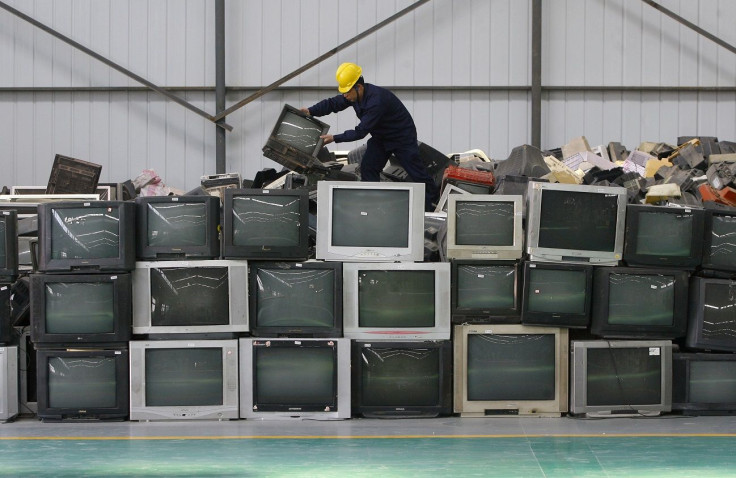Experts: Digital Media Ad Spending Will Eclipse Broadcast

The year 2015 will end with a bang for digital media market as it is predicted to exceed TV broadcast in terms of ad spending. Washington-based business advisory firm FTI Consulting Inc. projects that overall internet advertising spending will increase by 11.4 percent to US$41.8 billion [$54 billion] as advertisers finally realise that a large percentage of the buying public is already on the Web.
However, the advisory firm added in a statement that while Internet spending is on the rise, TV broadcast remains lucrative. Broadcast ad spending will also increase by 0.9 percent to US$38.9 billion this year. Cable TV ad spending is also expected to grow by 6.2 percent to US$33.5 million.
FTI says that brands and advertisers will spend US$55.6 billion for online, $US45.5 billion for broadcast, US$40 billion for cable, and US$44.2 billion for direct mail in 2018. The unprecedented growth of digital ad spending can be attributed to the growing smartphone market.
Internet-capable phones have lured consumers to either ditch traditional entertainment platforms completely or experience what streaming media firms promise to offer without getting rid of TV, radio or print. The giant streaming media market is led by YouTube, Netflix and Spotify.
In 2014, the emergence of Audioboom (London AIM:BOOM) helped many gigantic brands like BBC and CNN to advertise across the Web through spoken-word audio content. The company, which has a Netflix/Spotify-like approach to offering streamed services, focuses only on delivering non-music/ talk content such as interviews, audiobooks and podcast programs.
The global advertising market, however, is predicted to reach US$103.7 billion, according to a separate report released by eMarketer. Mobile ad spending is continuously growing and is most likely to increase fourfold by 2019. The global ad expenditures on mobile and tablets represent nearly 430 percent increase from 2013. In 2019, mobile ad spending is expected to grow by 200 percent from 2016 at US$195.55 billion, which will be 70.1 percent of the entire global digital ad expenses.
For this year, advertising on smartphones will account for 50 percent of digital ad spending, while ads served to desktops and laptops will be 46.5 percent. In the past years, digital ad spending was dominated by ad money spent on desktop.
On the other hand, digital ad spending in the U.S. by both the media and entertainment industries will experience double-digit year-over-year growth at US$6.19 billion in 2015, up 18.8 percent from last year.
The media industry alone will account for 5.8 percent of the country’s overall digital ad spending, while 4.8 percent of which will come from the entertainment industry. These two highly intertwined and difficult-to-separate industries will help augment the country’s digital ad spending.
Next year, an increasing number of brands are expected to devote their efforts in enhancing their digital presence through advertising on various online platforms.
Contact the writer: a.lu@ibtimes.com.au





















